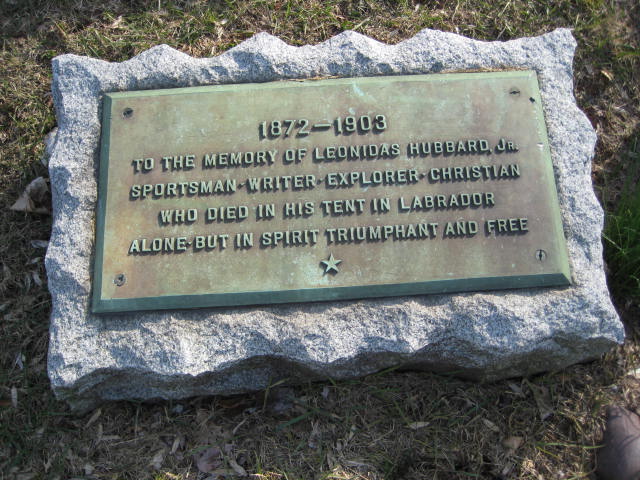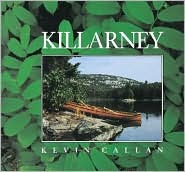This was really special, and I think you'll enjoy it as well. My wife did a handmade Christmas card for me that I know took several days. This is all hand drawn and painted. The orb the mermaid is reclining against is an iris pattern made of four different foils that are cut in 32 pieces and laid in a swirling pattern that is quite intricate. Then she wrote a poem that I think we can all relate to, but which I thought was very special.
He must come back a better man
Beneath the summer bronze and tan,
Who turns his back on city strife
To neighbor with the trees;
He must be stronger for the fight
And see with clearer eye the right,
Who fares beneath the open sky
And welcomes every breeze.
The man who loves all living things
Enough to go where Nature flings
Her glories everywhere about,
And dwells with them awhile.
Must be, when he comes back once more,
A little better than before,
A little surer of his faith
And readier to smile.
He never can be wholly bad
Who seeks the sunshine and is glad
To hear a songbird's melody
Or wade a laughing stream;
Nor worse than when he went away
Will he return at close of day
Who's chummed with happy birds and trees
And taken time to dream.




















